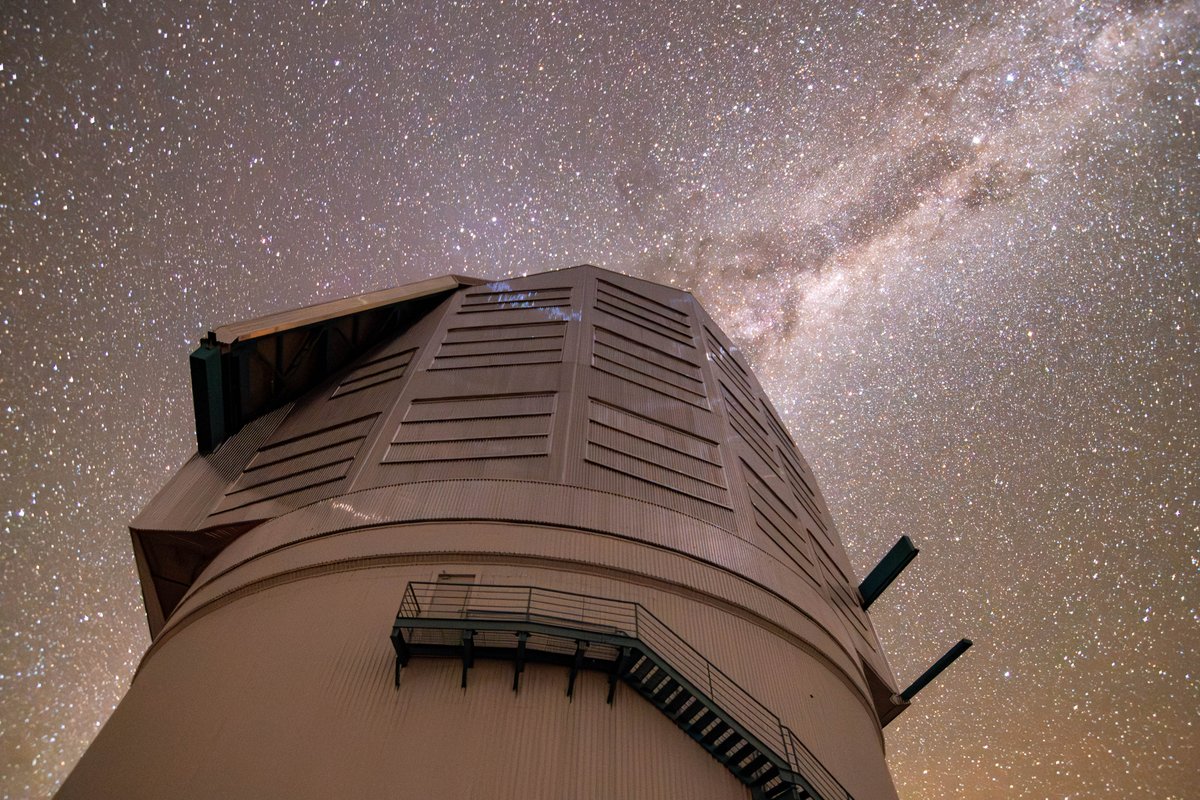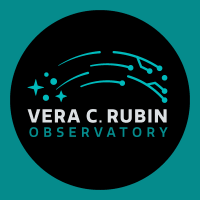
Rubin Observatory
@vrubinobs
Rubin will #CaptureTheCosmos in exquisite detail starting in 2025 🌌
Funded by @NSF and @DOEScience
Para español: instagram.com/rubin_observat…
ID: 15813928
https://rubinobservatory.org 11-08-2008 21:08:45
2,2K Tweet
16,16K Takipçi
371 Takip Edilen

The defining feature of Rubin Observatory is its ability to rapidly scan the entire visible southern sky with unprecedented depth and speed. symmetrymagazine.org/article/sharpe…

La colaboración astronómica entre EE.UU. y Chile es clave para compartir tecnología y avanzar en la exploración del universo. 🌌 Por eso, el encargado de negocios, a.i. Rick Yoneoka visitó los observatorios @CerroTololo y Gemini Observatory, operados por @aurainChile. ¡Esperamos con

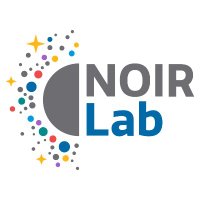
Thinking about how far NSF-DOE Rubin Observatory has come 😌 💭 As First Look approaches on June 23, 2025 we’re looking back at the hard work and progress that have gone into this project. Exciting times ahead for Rubin! 📸 RubinObs/NOIRLab/SLAC/NSF/DOE/AURA
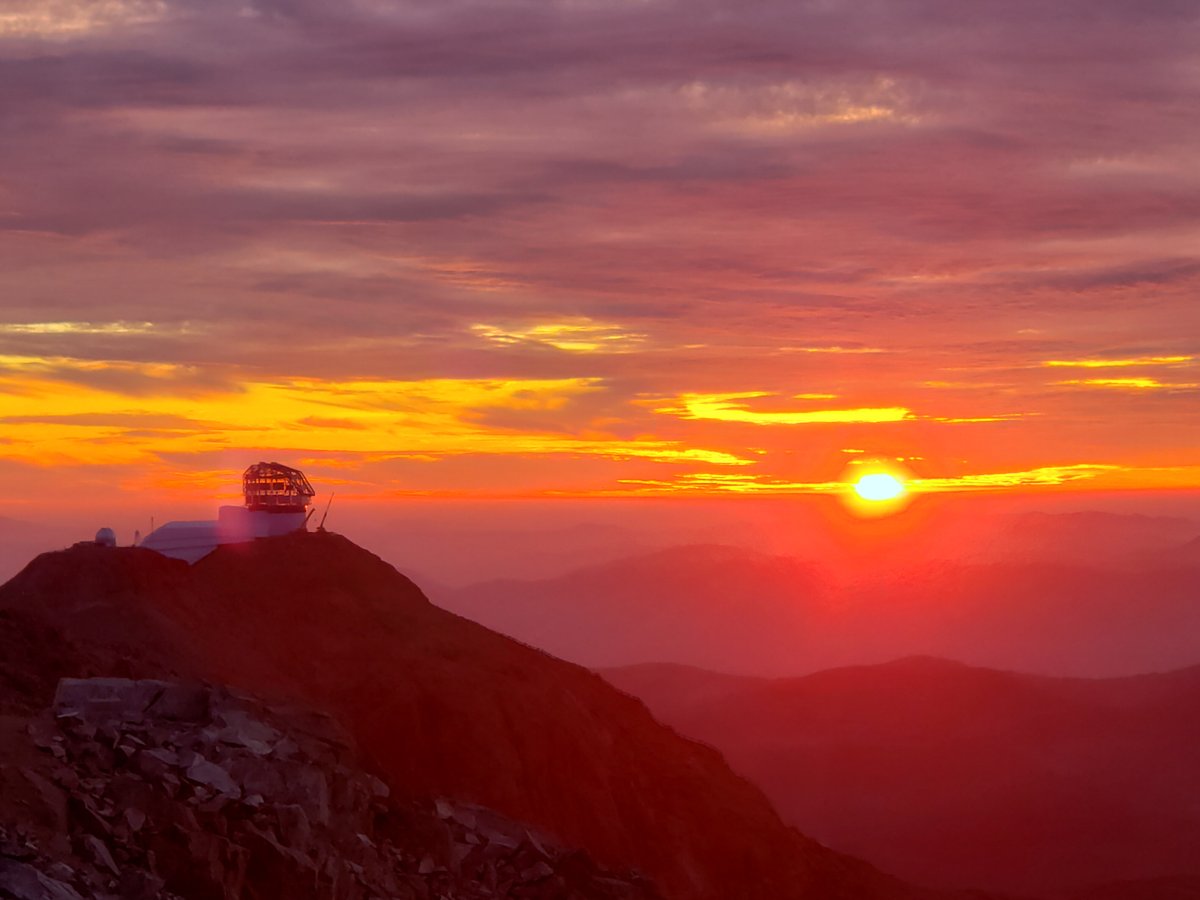

A quarter for your thoughts? 🪙 United States Mint We think Vera C. Rubin is a great choice to be honored with a quarter... and with an observatory! Rubin was an accomplished astronomer who provided the first convincing evidence of dark matter, influencing a new subfield of astrophysics.
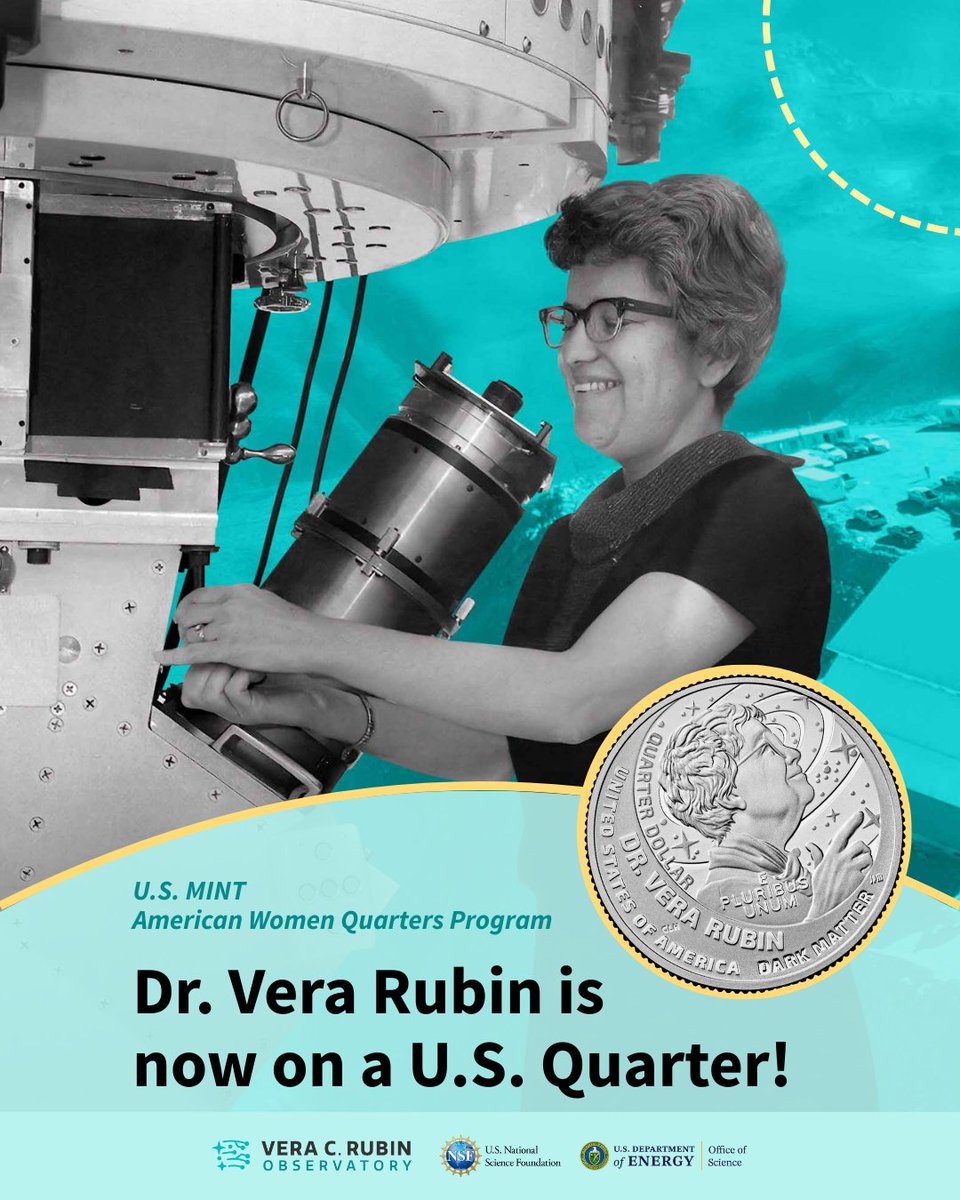
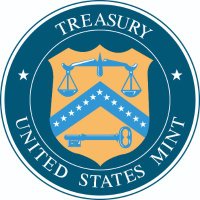

I spy with my little eye Venus (the dot resting above NSF–DOE NSF-DOE Rubin Observatory) 🔎 Rubin will inventory the solar system, looking well beyond the planets. In 1 year, it’ll have detected more asteroids than all previous telescopes combined 🤯. 📸 RubinObs/NOIRLab/SLAC/NSF/DOE/AURA
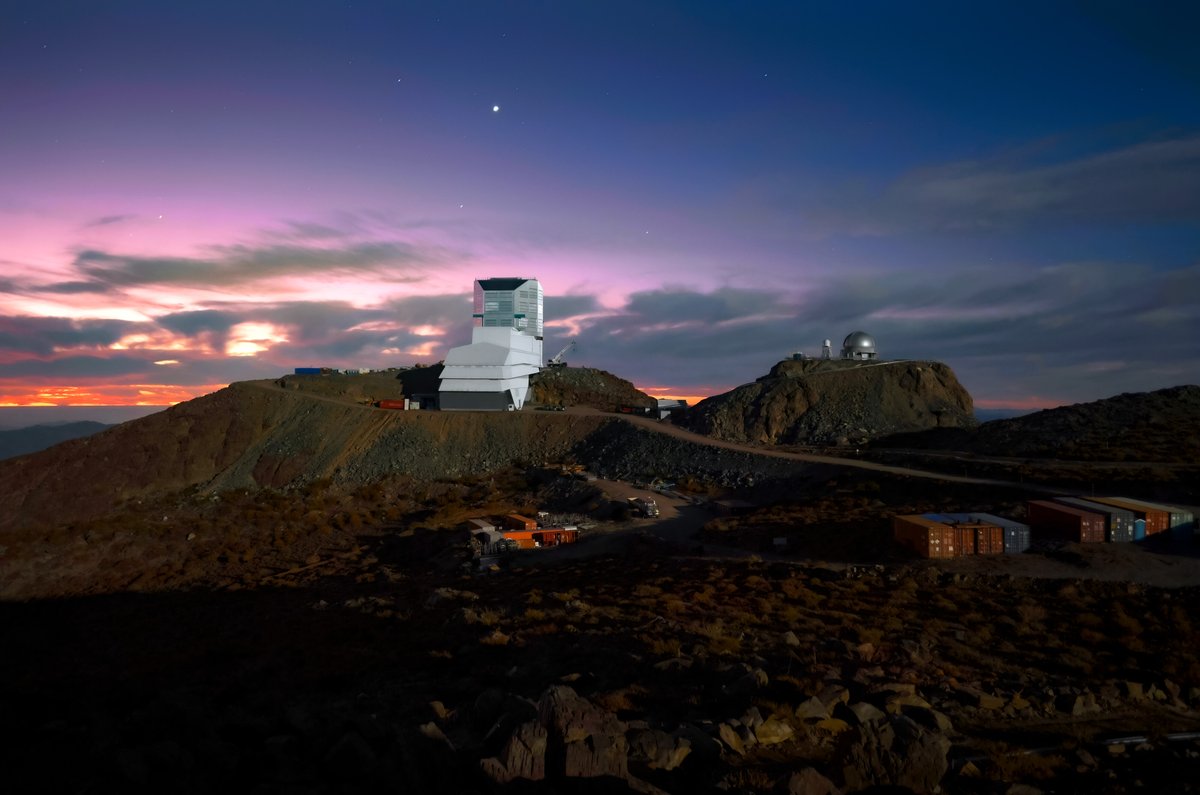

What's the coolest part of @nsf-DOE Office of Science Rubin Observatory? 🔭 Our scientists had a lot of different answers, from its incredible data-collecting capabilities to the people who work on it. Tune in to see why Rubin is worth all the hype in this episode of Cosmic Clips! 🎬

The sky doesn’t wait—and neither will we! 💨 U.S. National Science Foundation–DOE Office of Science Rubin Observatory has an automated scheduler that takes into account current weather conditions, moon phases, and observatory capabilities to determine the best next place to point the telescope. 🌙 #CaptureTheCosmos


🚨: Millions of solar system objects to be found in the next few years It took over two centuries to discover the ~1.5 million asteroids and comets we know today. The NSF-DOE Rubin Observatory will double that in less than two years. See the 🧵 for the studies we just published👇

The warped path of light from distant stars NSF-DOE Rubin Observatory is expected to observe 100x more cases of strong gravitational lensing from supernovae, and increase observations of weak lensing from a few hundred million examples to billions of them. stanford.io/3TaH4Q4
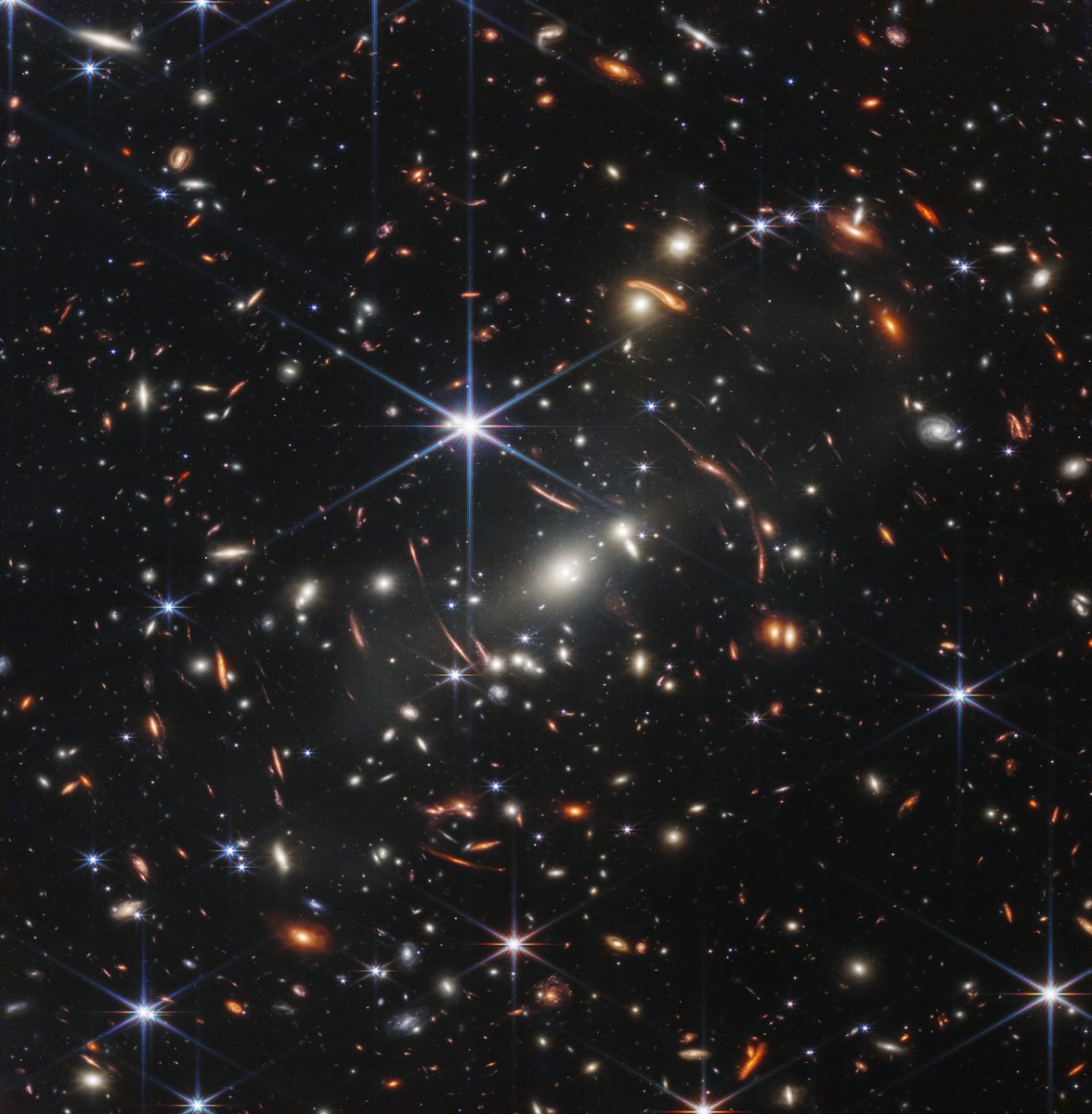

Bend it like gravity! Gravitational lensing is a powerful tool for mapping the invisible "dark" Universe. With U.S. National Science Foundation–DOE Office of Science Rubin Observatory's 10-year survey, scientists will have their best dataset yet for studying the nature of dark matter. 🔗: rubinobservatory.org/news/rubin-gra…
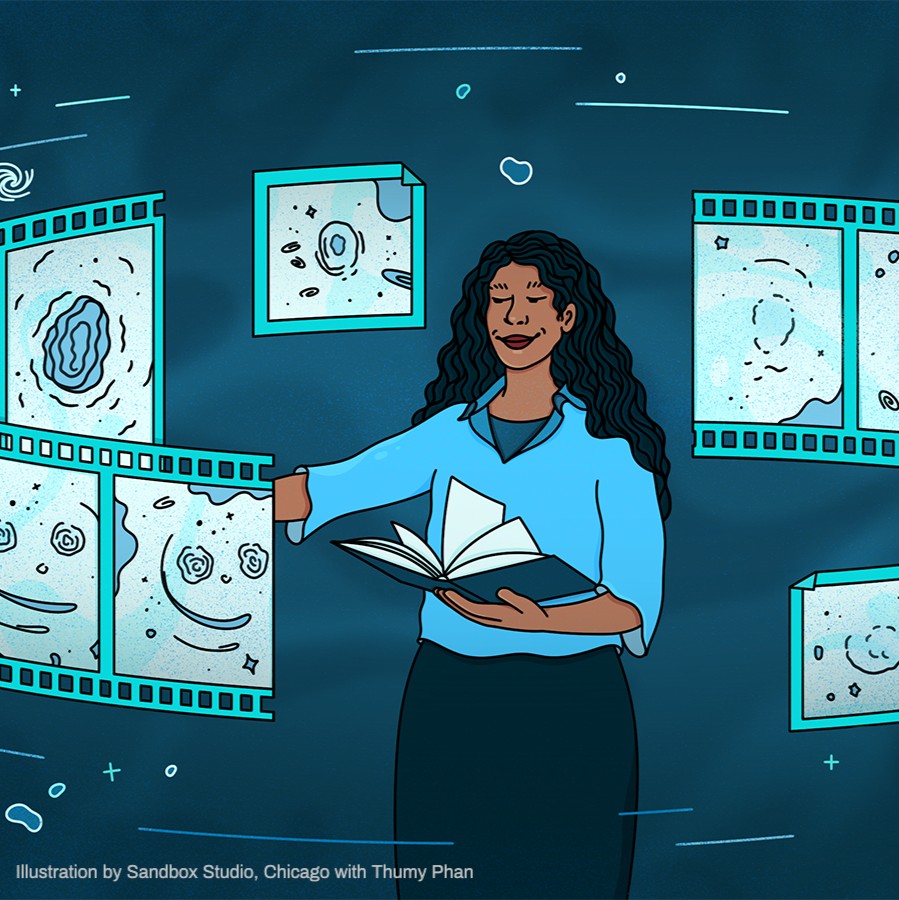

"Don’t shoot for the stars, we already know what’s there. Shoot for the space in between because that’s where the real mystery lies." – Vera C. Rubin @nsf-DOE Office of Science Rubin Observatory carries on Vera's name and legacy, looking deep into the depths of space.
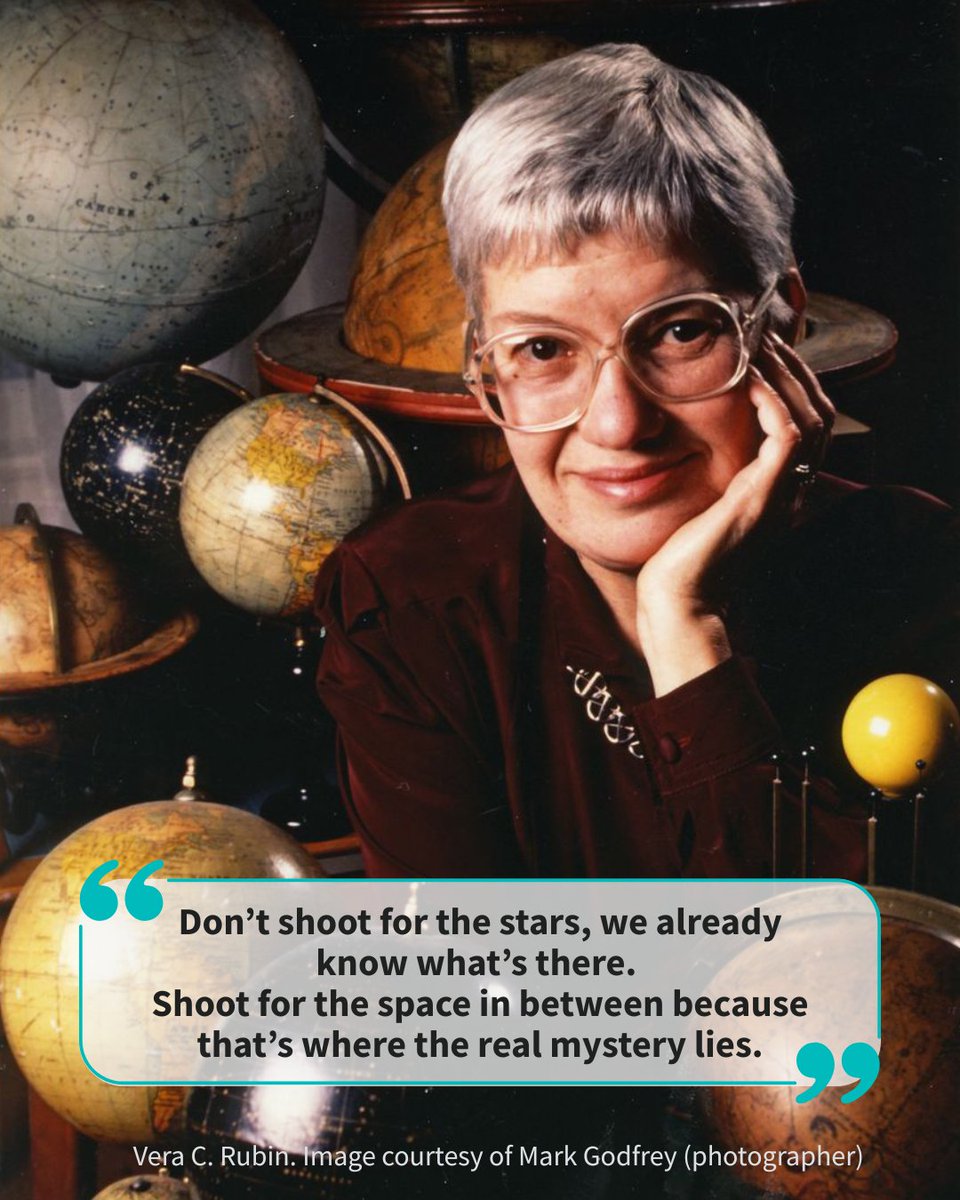

Did you know YOU will be able to work on @nsf-DOE Office of Science Rubin data in your free time as a volunteer scientist? 🫵 We've partnered with The Zooniverse, a platform where researchers build projects for volunteer scientists. Find out more at rubinobservatory.org/explore/citize… 💻
